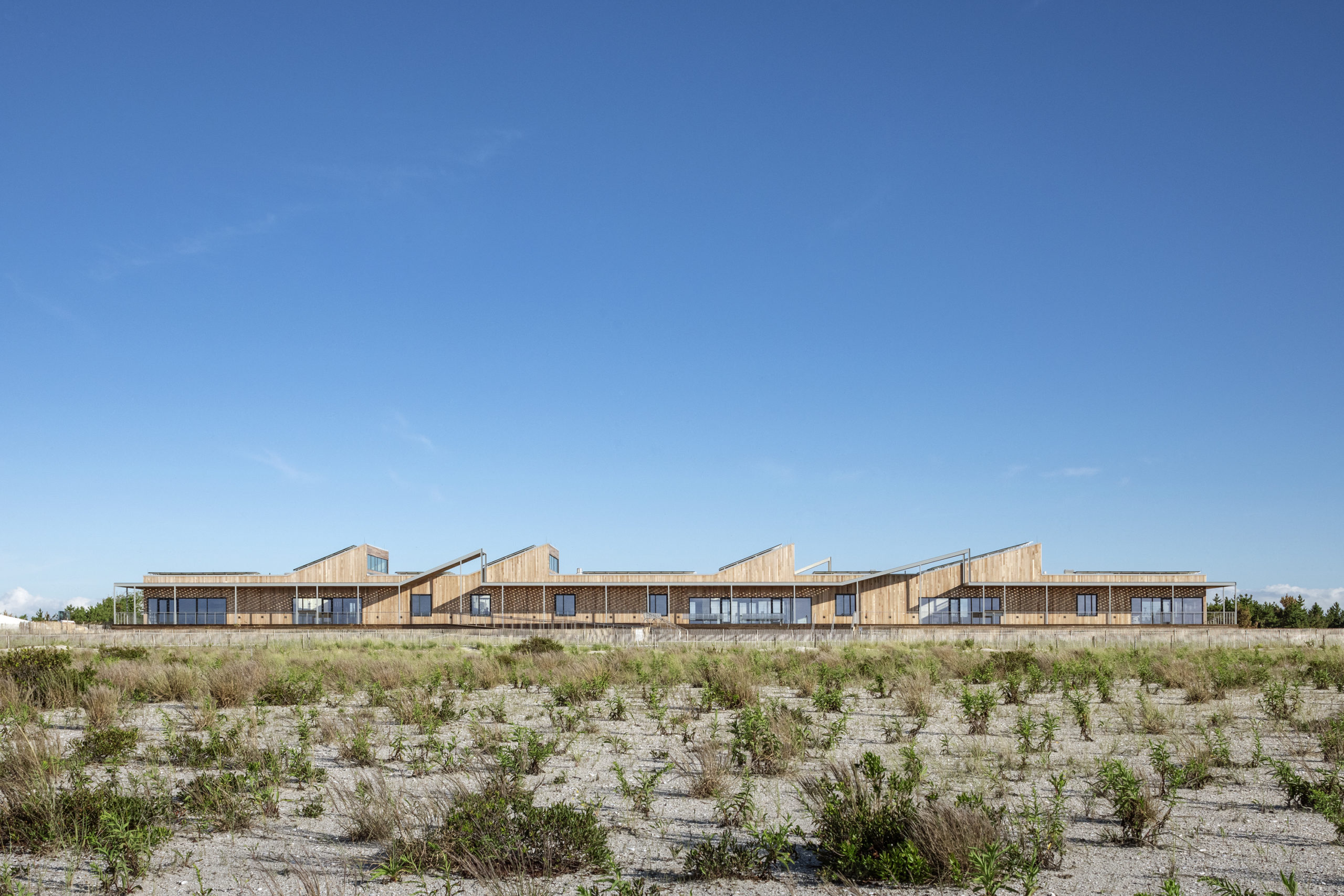Intermediate House, between the public and the private, the open and closed, the inside and outside, the mobile and the fixed, the light and shadows, the natural and the artificial, the industrial and craftsmanship, between boundaries is the living space of a great friend. Architecture is a profession that mediates the needs of living with the transformation of matter. Architects become intermediaries in that will to power. It’s interesting how ideas exist in an immaterial, ethereal world, but they manifest themselves in the material, with matter. The constructive process intermediates these antagonistic universes, between trial and error, between expectations and reality.
Architizer chatted with Horacio Cherniavsky and Viviana Pozzoli at Equipo de Arquitectura to learn more about this project.
Architizer: Please summarize the project brief and creative vision behind your project.
Horacio Cherniavsky and Viviana Pozzoli: The Intermediate House creates a fluid and flexible space with natural sunlight, cross ventilation and a constant contact with nature, using local natural materials such as earth and wood. In a terrain with 7.20 meters of width, the main challenge was to broaden space perception and put all of the furniture towards the perimetral walls, leaving the inside of the terrain as empty as possible. Everything in between the walls is movable, allowing a permanent transformation of space and functionality. All of the compressed earth blocks (CEBs) were manually made with a Cinva Ram machine.

© Federico Cairoli / Fotografía de Arquitectura
What inspired the initial concept for your design?
The concept of the house is to connect and intermediate between the public and the private, the open and closed, the inside and outside, the mobile and the fixed, the light and shadows, the natural and the artificial, the industrial and local craftsmanship. Every architectural element is disposed so as to explain its function and configure a legible construction synthesis.
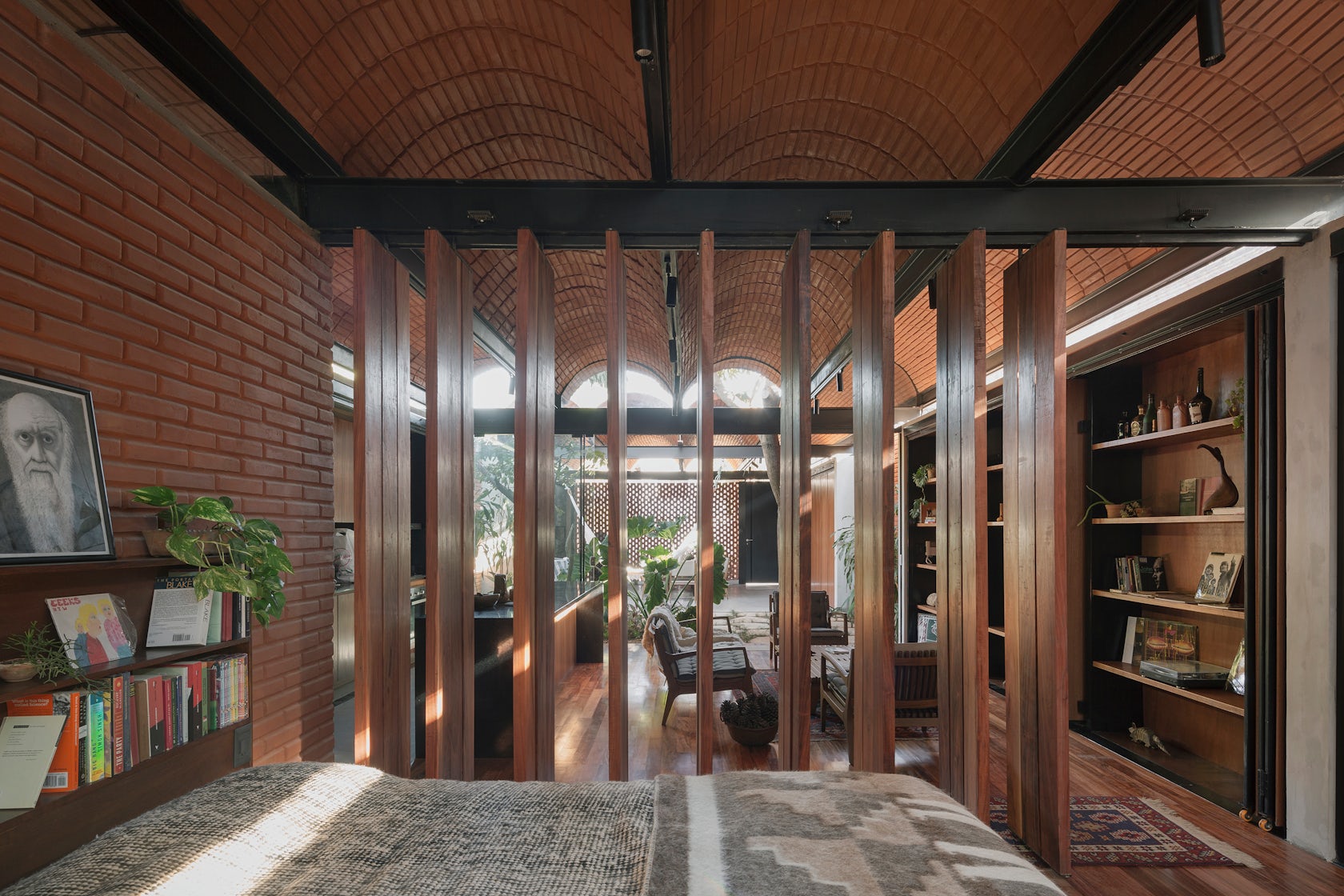
© Federico Cairoli / Fotografía de Arquitectura
What do you believe is the most unique or ‘standout’ component of the project?
Probably the vaulted roof and the dissolution of inner-outer boundaries, none of which are truly unique or standout features. Vaulted roofs have been around for millennia and the relationship to nature is something that has been present since the beginning of architecture.

© Federico Cairoli / Fotografía de Arquitectura
What was the greatest design challenge you faced during the project, and how did you navigate it?
The construction process was the hardest challenge. Everything was made with local craftsmen, so the processes were pretty slow and delicate. There was a lot of trial and error, from the fabrication of the compressed earth bricks, the ironwork and its mechanisms, hiding the drainage system and other details.

© Federico Cairoli / Fotografía de Arquitectura
How did the context of your project — environmental, social or cultural — influence your design?
In this project, context shaped the design in every possible way. Natural preexistences determined the location of the roofed spaces of the house, creating patios where the trees and plants where originally located. Local materials, such as earth and wood, build the house’s atmosphere. Intermediate spaces are rooted in our culture and belong to a climatic logic of creating well ventilated spaces.

© Federico Cairoli / Fotografía de Arquitectura
What drove the selection of materials used in the project?
We always try to work with natural and low impact materials. In this case, uncooked earth and local wood are very accessible materials. They also contain rich information that contribute to the experience of architecture: their texture, their smell, their colors, their thermal properties enrich everyday life.

© Federico Cairoli / Fotografía de Arquitectura
How important was sustainability as a design criteria as you worked on this project?
Building with low impact materials, respecting preexisting vegetation, designing well ventilated spaces, with controlled natural daylight, are all parts of the criteria of building responsibly.
How do you imagine this project influencing your work in the future?
Every project is a body of lessons that become a step in the constant process of growing and evolving as a studio.

© Federico Cairoli / Fotografía de Arquitectura

© Federico Cairoli / Fotografía de Arquitectura

© Federico Cairoli / Fotografía de Arquitectura
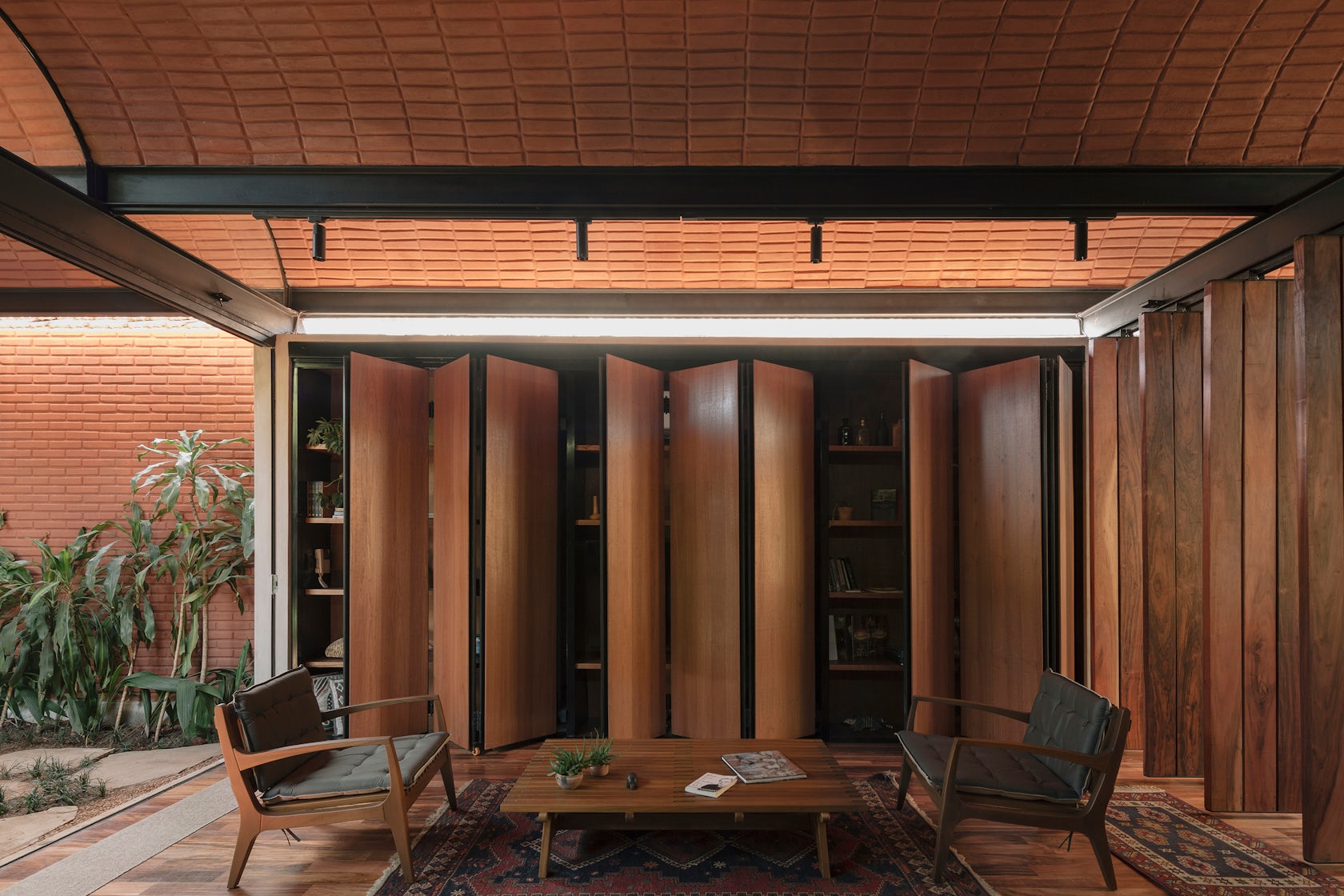
© Federico Cairoli / Fotografía de Arquitectura
Please list any team members you’d like to include in the credits.
Gabriela Ocampos, Franco Pinazzo, Rolph Vuyk, Lucila Garay and the owner Matthias Otto
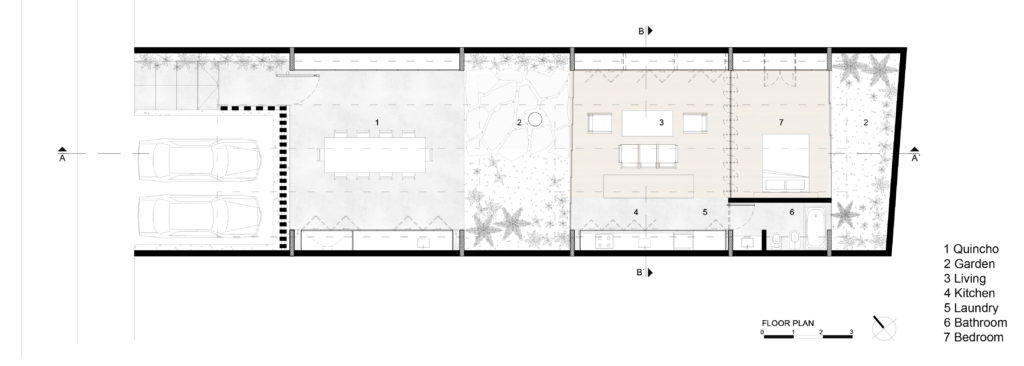

© Federico Cairoli / Fotografía de Arquitectura

© Federico Cairoli / Fotografía de Arquitectura
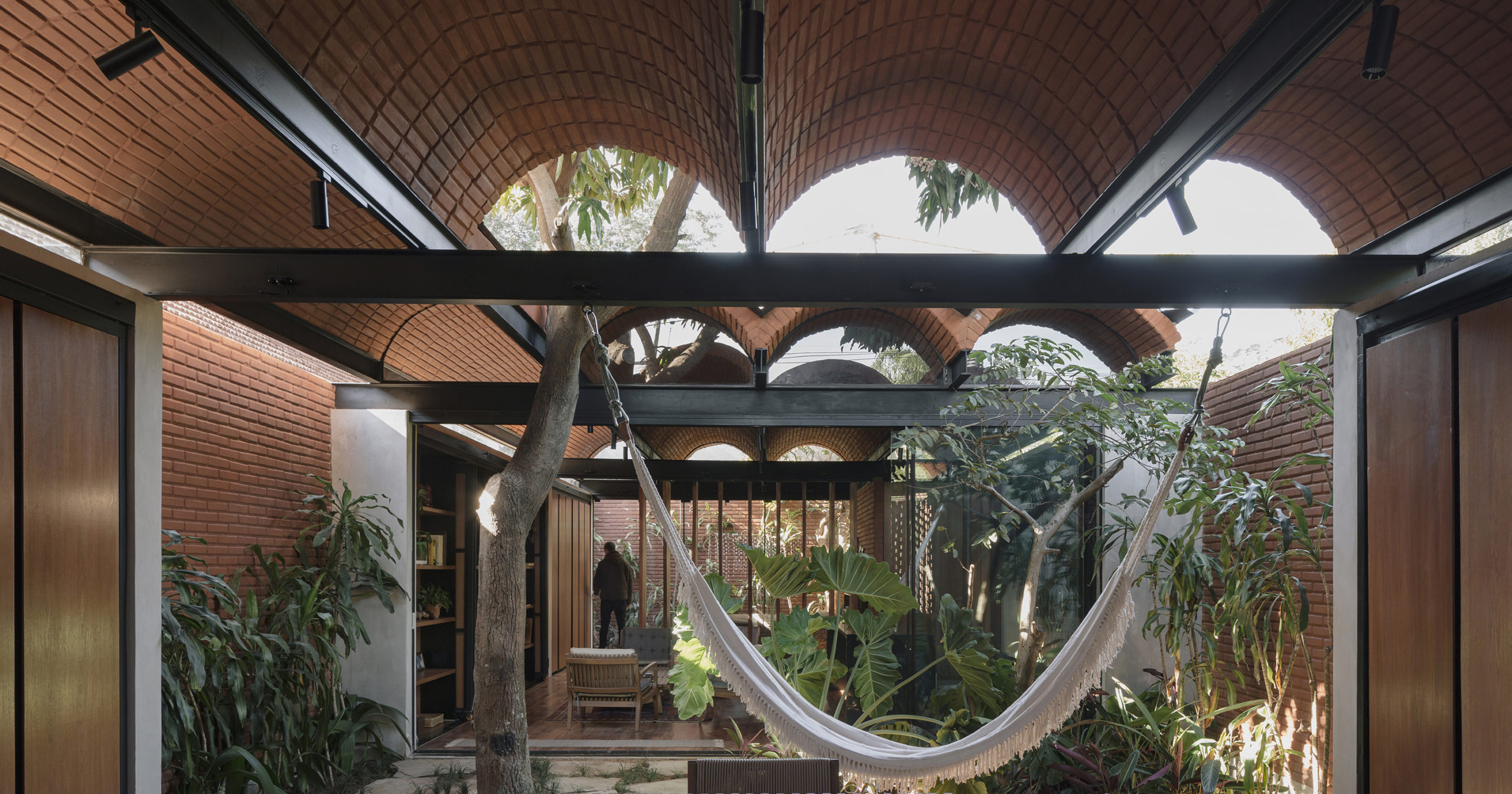
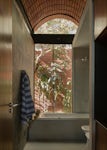
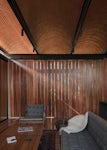



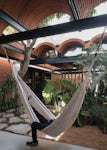
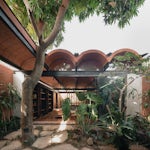
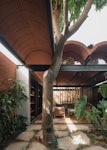


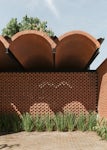
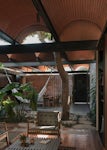
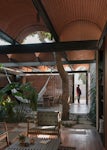
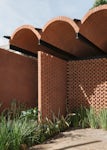

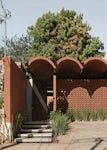
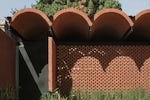

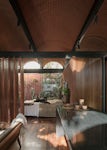








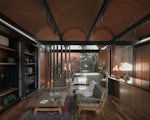
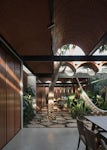



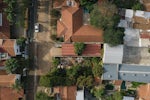


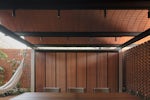

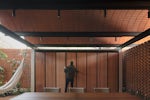


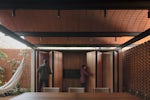
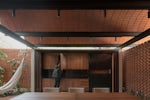

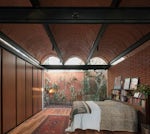
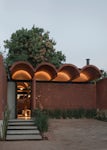

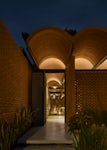
 Intermediate House
Intermediate House 